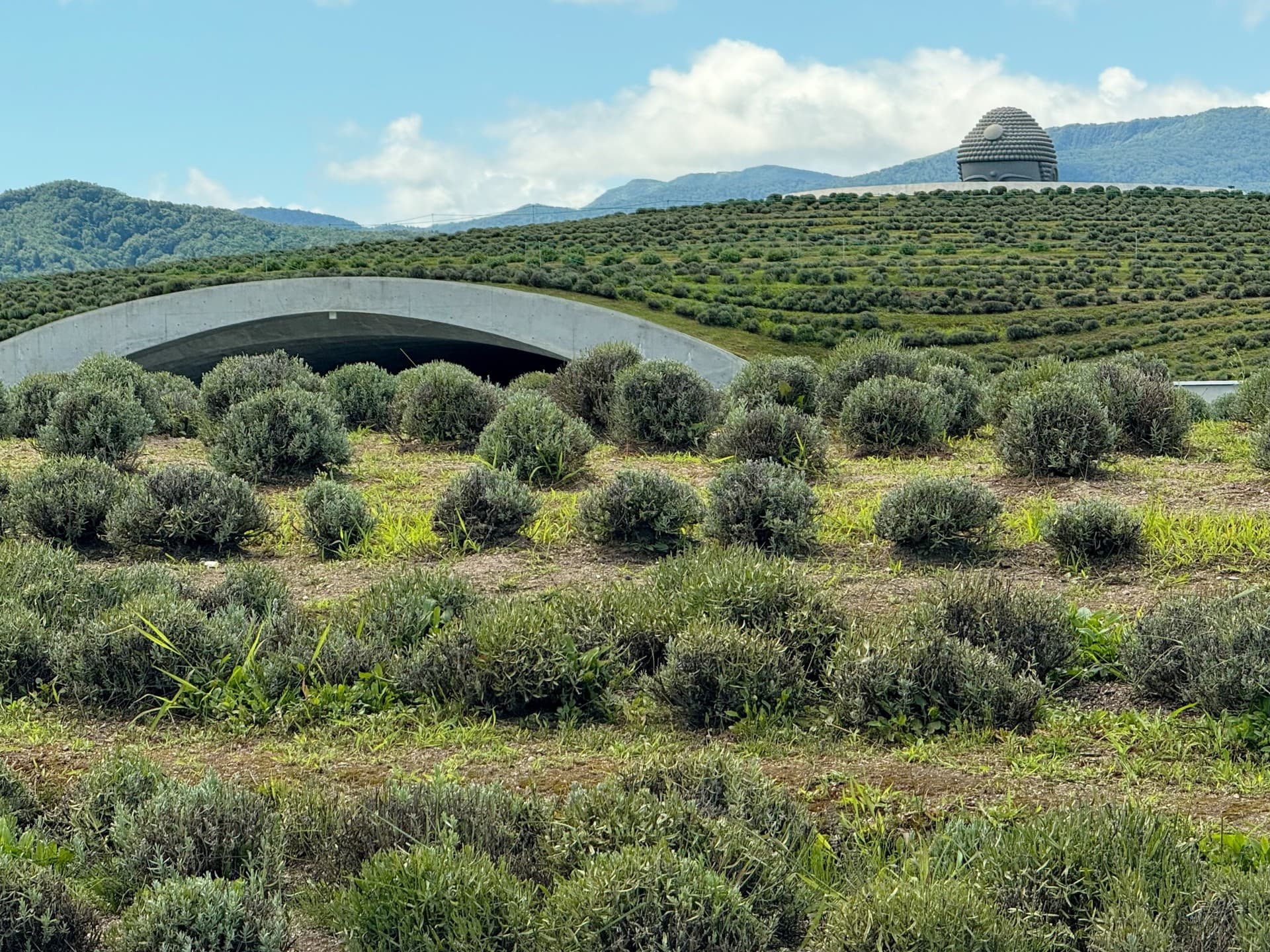Tetsugakudo Park: Temple Garden of Philosophy
Let’s visit this nature-rich park that’s considered a “theme park” of philosophy — the only park of its kind in the world.
Philosophy. Uhhh… Yeah. I know — who needs this now when you have stuff to catch up on on Netflix. But bear with me here. I’ll make this easy to follow, and there should be some fun parts here and there. So let’s go through this together and then we can relax.
Tetsugakudo is unlike any park you have ever been to. Sure, it looks like a… park, but the idea behind it is not that of a typical park. A brief background before we go any further: the Temple Garden of Philosophy was established during the Meiji era in 1904 by Enryo Inoue, the founder of the Philosophy Academy (today Toyo University). He built this hilly park with the concept of promoting educational, moral and philosophical cultivation among people. His believed in the principle that “the basis of all learning lies in philosophy”.
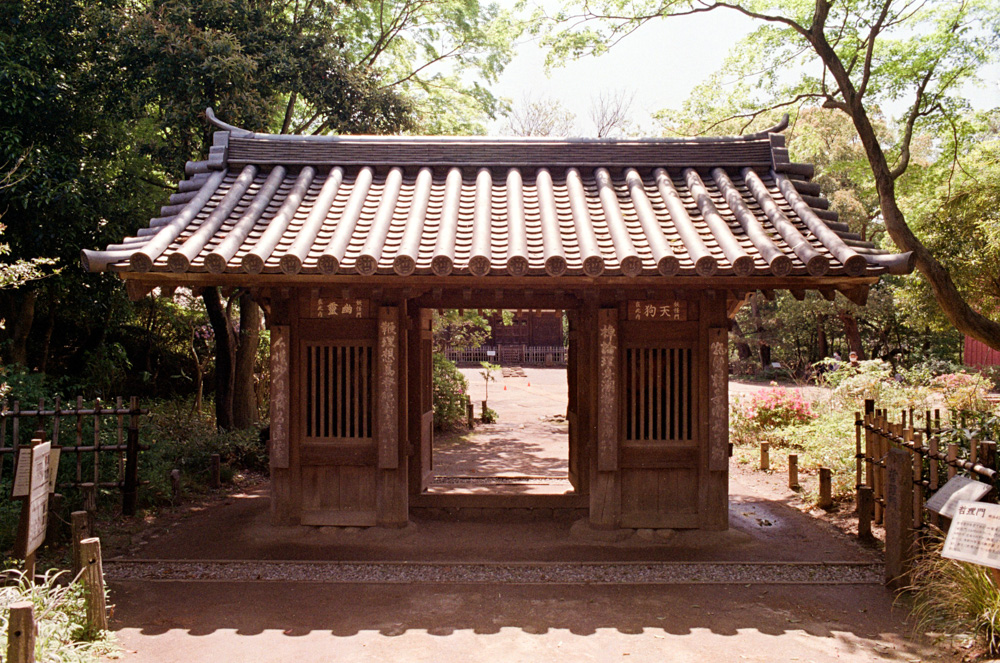
We are in front of the main entrance, called The Gate of Philosophical Reason. And it looks like there is something inside those pillars on the left and right…
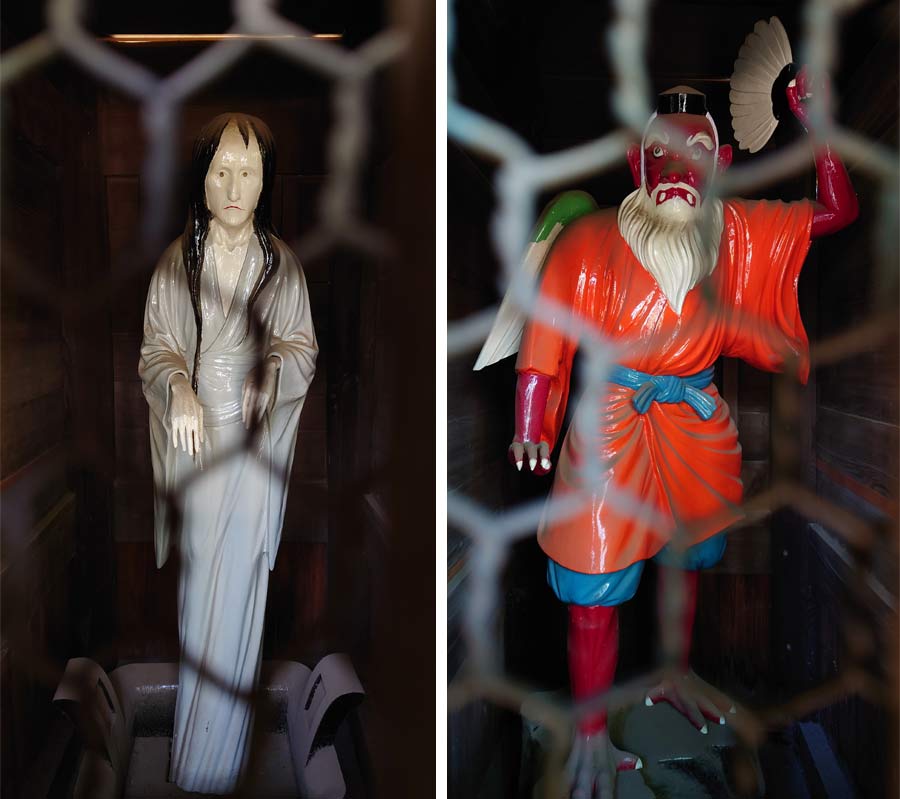
Wow, scary start! The pale figure is a typical Japanese representation of a ghost (or yokai) and the red one is a tengu which is a mythical demon with human and bird-like features. They symbolize the mystery of the spiritual world and the mystery of material world, respectively.
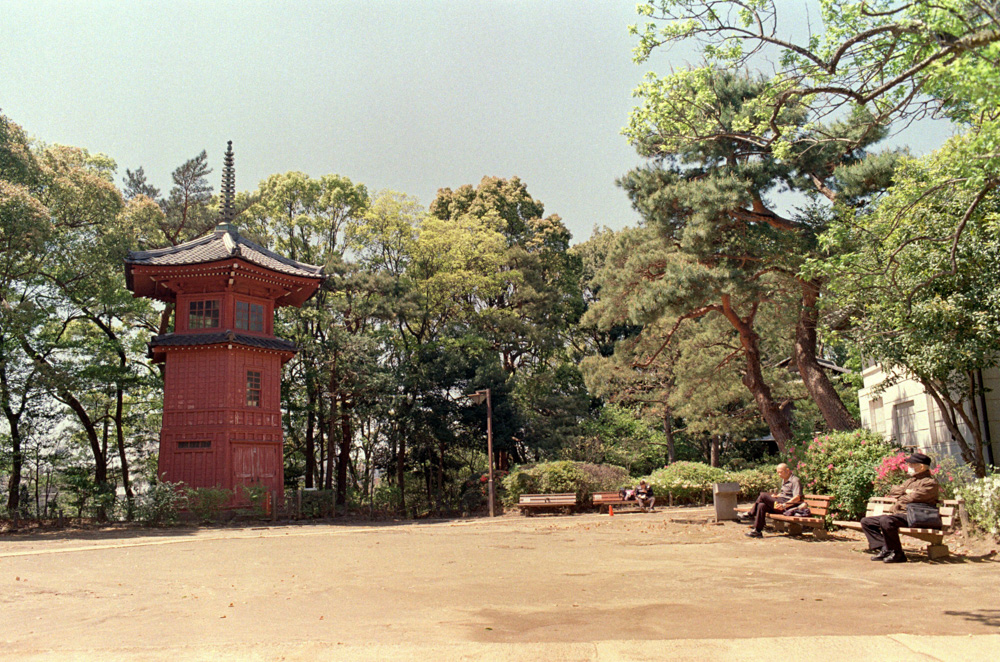
Without disturbing those two creatures, we crossed the gate and arrived at a central open area from where we can reach all other corners of the park.
At this point, I will introduce the main concept: there are 77 garden features expressing philosophy. Inoue envisioned that by walking around the park, the visitors may think and contemplate about things in a philosophical way. From the 77 features, 66 of them still exist today. 11 have been lost over time due to damage from typhoons or other disasters.
The features can be grouped in 5 categories. Below are examples for each.
Constructions (pagoda, bridges…)

Pagoda of the Six Wise Ones is the landmark of the garden and commemorates six philosophers of the oriental world, namely Japan, China and India: Prince Shotoku from ancient Japan, Sugawara no Michizane from medieval Japan, Zhuangzi and Zhu Xi from the Chinese Zhou and Song Dynasties, Nagarjuna and Kapila from India.
Stone monuments (sculptures, lanterns…)
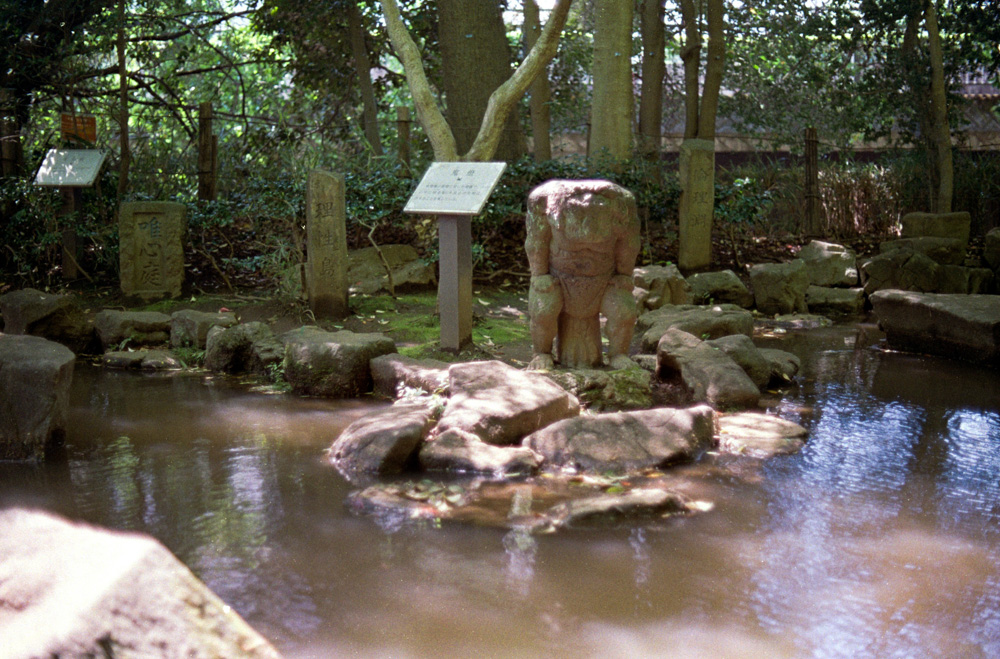
Demon Lamp is one of the easily found stone sculptures (you are lucky I didn’t take this shot at night). Humans bear delusions and evil thoughts in their minds, and they are also endowed with conscience. The Demon Lamp shows a demon being weighted down in pain by a lantern symbolizing conscience.
Topographical features (ponds, slopes, rivers…)
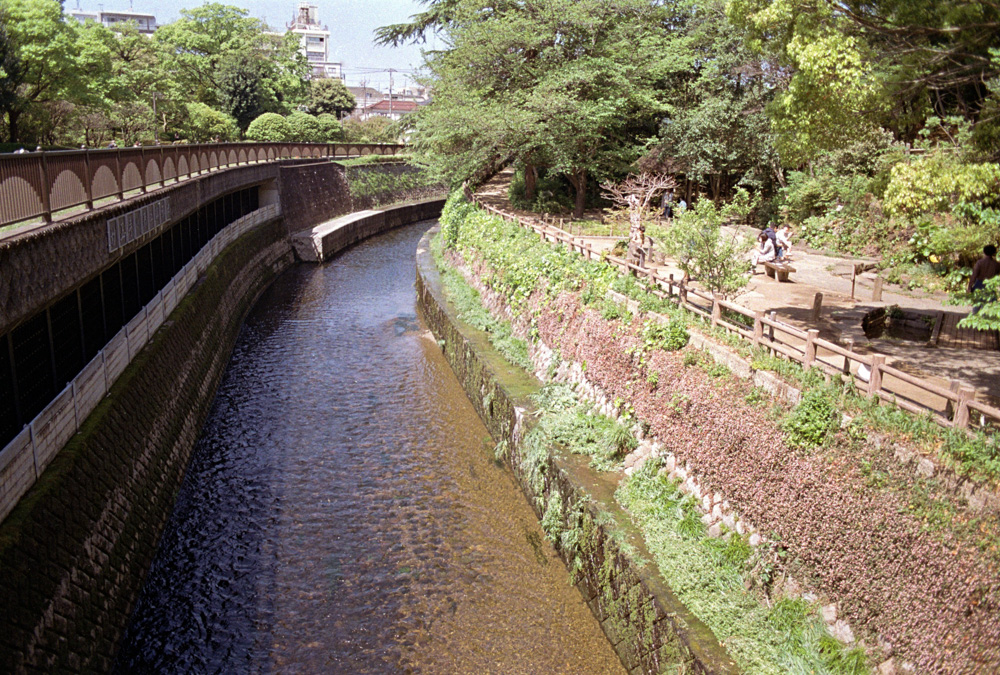
One prominent example is The Brook of Mathematics — this is what Inoue called the river that flows through the south end of the park. The naming expresses the fact that mathematics is the basis upon which the scientific research about the material world relies.
Botanical features (trees, groves, bushes…)
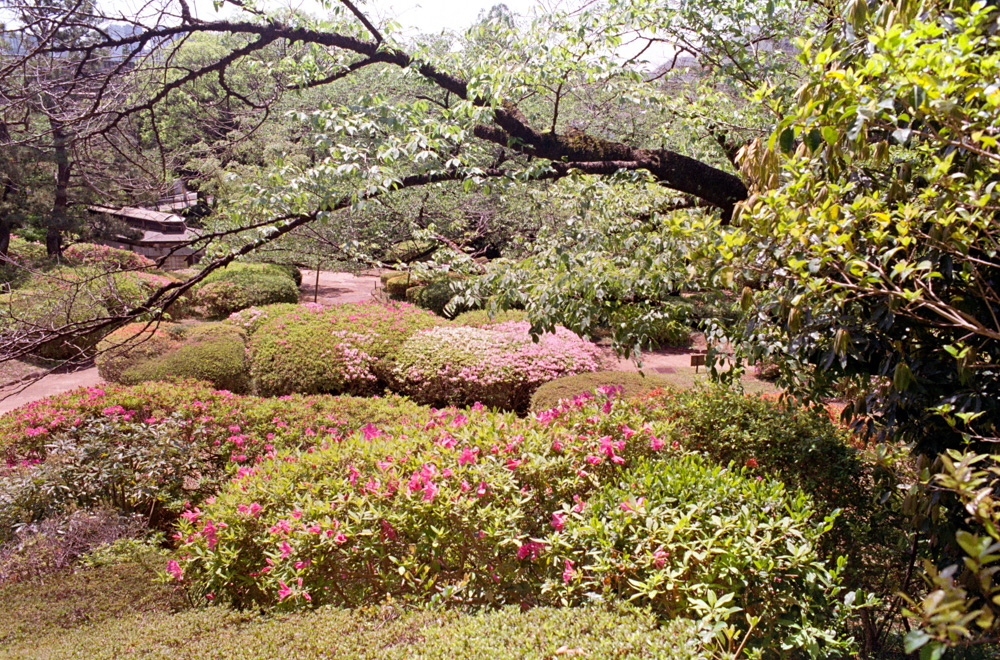
Just to name a few: Grove of Endless Beings, Garden of Materialism, Ticket of Hundred Subjects and more.
Places (paths, crossroads…)
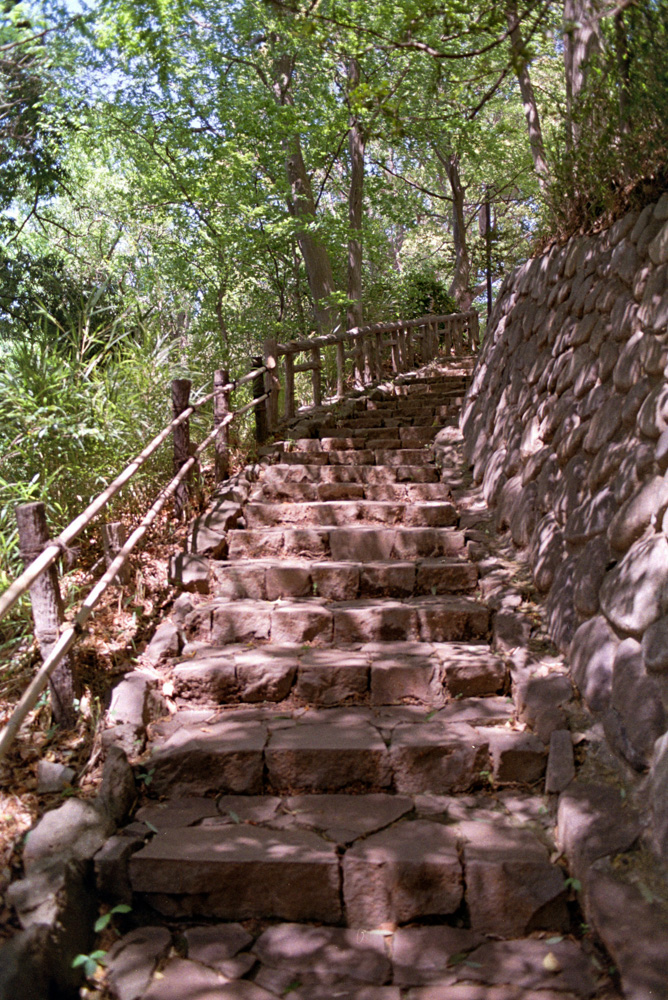
There are stone stairs, paths and places with names such as Shortcut of Intuition, Road of Cognition, Domain of Logic, Hill of Time and Space and others.
All of these features are spread into 6 zones, based on Inoue’s understanding of the garden: Invitation to Philosophy, Knowing the World’s Philosophers, Studying the History of Philosophy, Realm of the Natural Sciences, The Realm of the Humanities, and Diving into Philosophy.
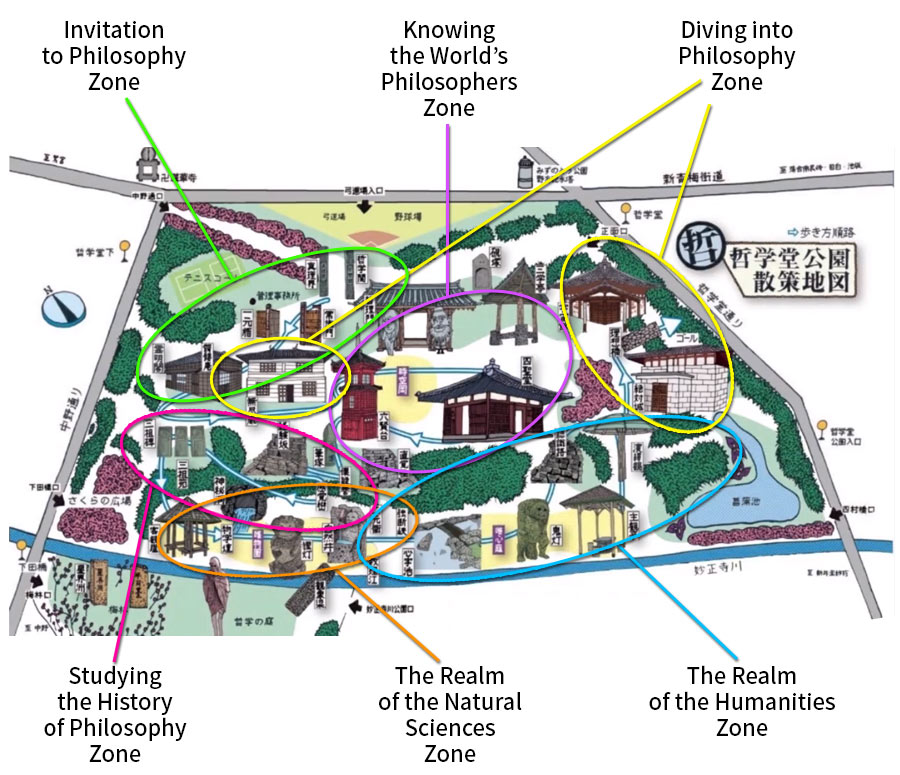 We have now crossed the Brook of Mathematics on the south side (without even needing to solve a complicated equation!). There, we came to another area called The Garden of Philosophy. It comprises of three concentric rings featuring eleven statues of major figures from philosophy, religion and law. This garden was created by Hungarian sculptor Nandor Wagner who lived in Japan, and symbolizes the idea that “in order for the different people of the world to become closer, we need to return to an origin of plus/minus one”. (Source)
We have now crossed the Brook of Mathematics on the south side (without even needing to solve a complicated equation!). There, we came to another area called The Garden of Philosophy. It comprises of three concentric rings featuring eleven statues of major figures from philosophy, religion and law. This garden was created by Hungarian sculptor Nandor Wagner who lived in Japan, and symbolizes the idea that “in order for the different people of the world to become closer, we need to return to an origin of plus/minus one”. (Source)
Wagner stated: “Rather than looking for differences in culture and religion, I want to find similarities. It is only through those things we share that we can become closer.”
Let’s walk around all three rings.
The First Ring
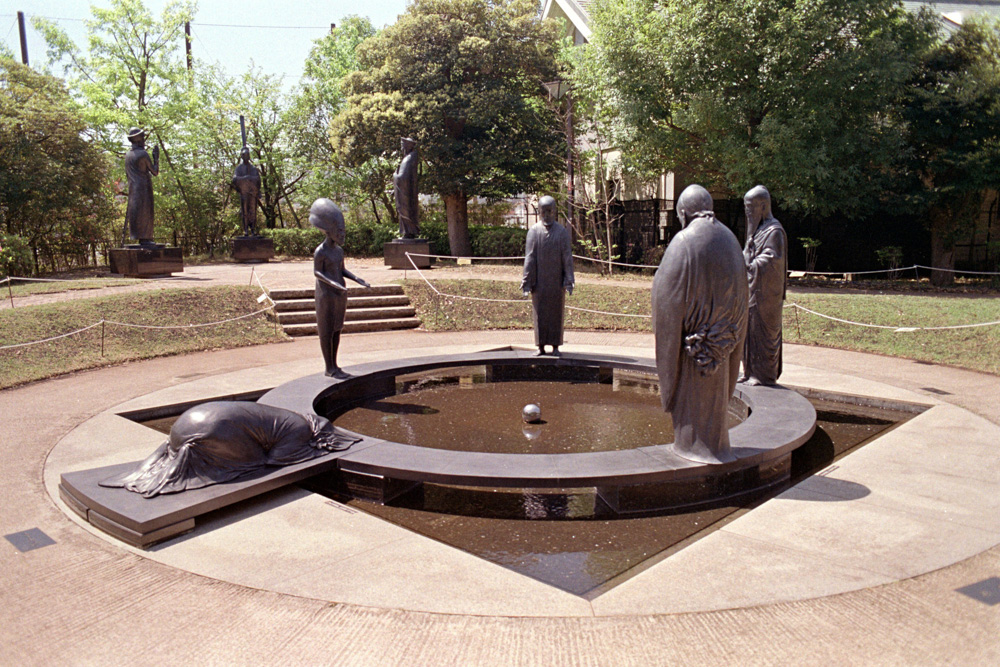
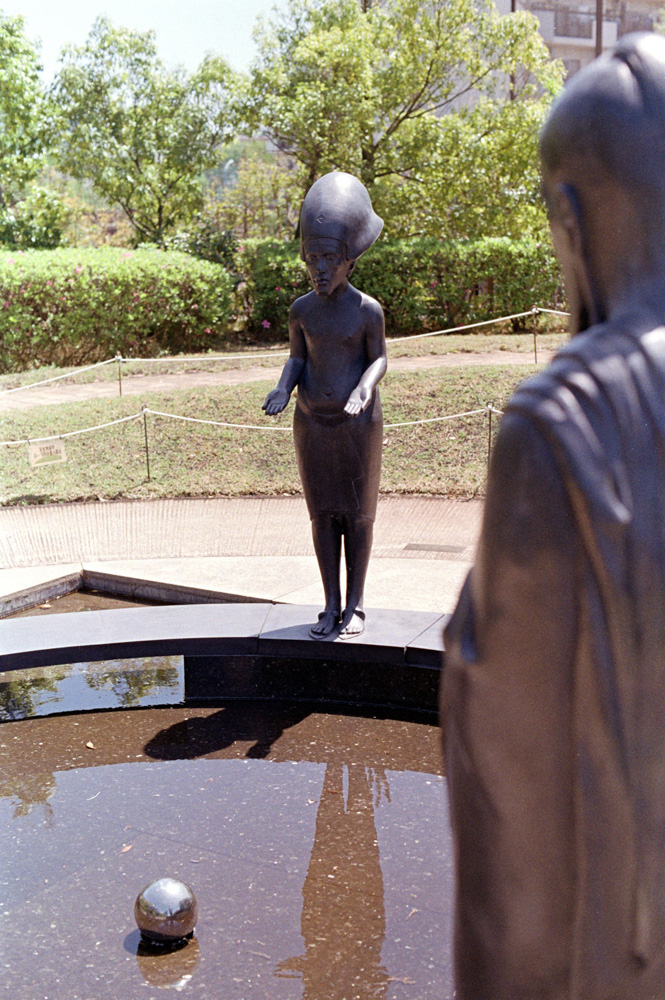
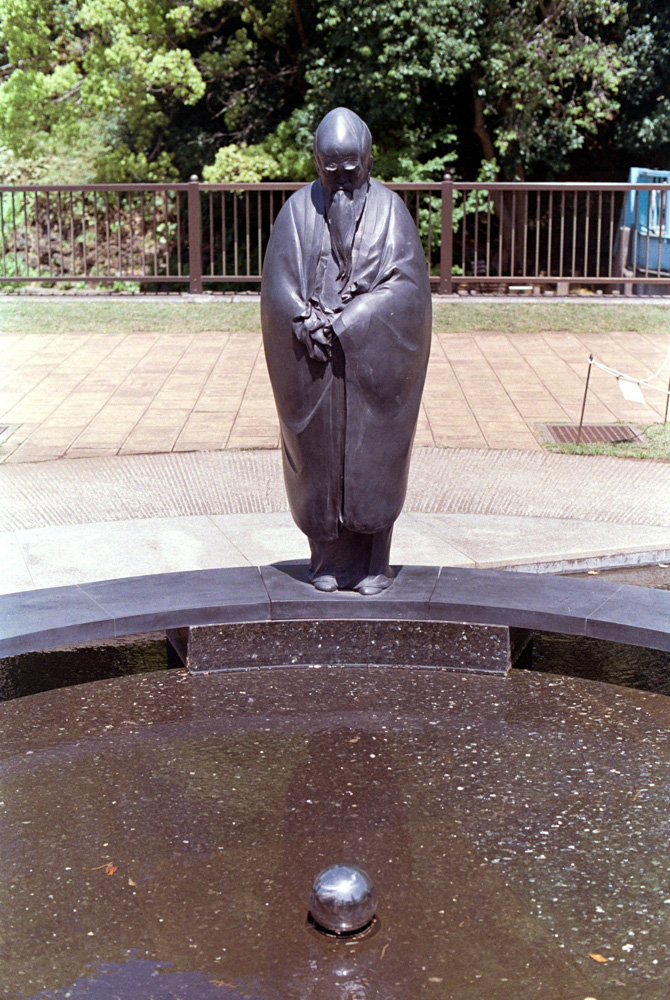
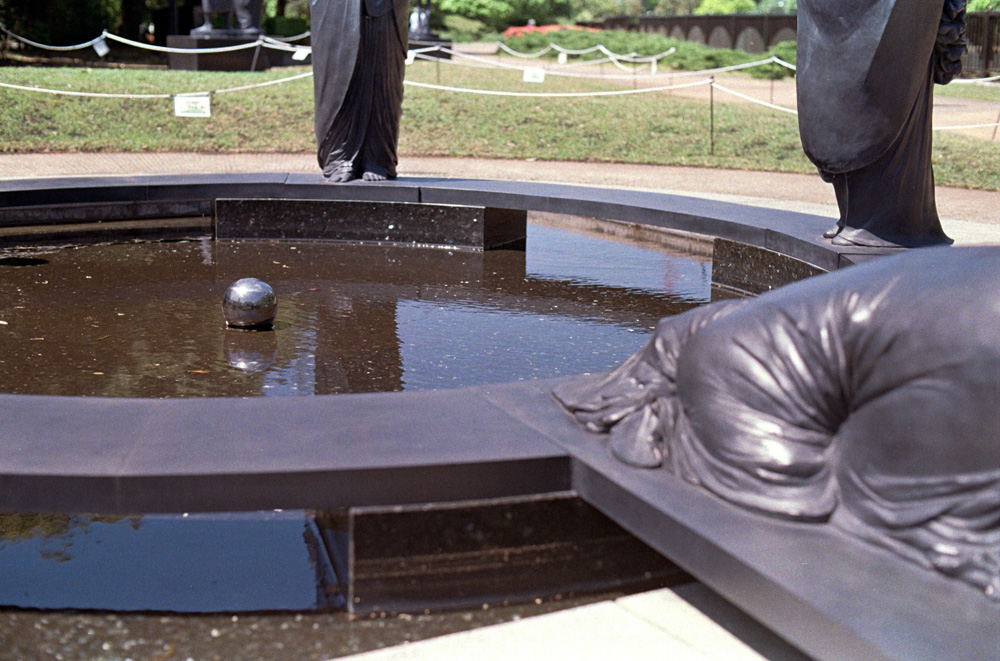
The first ring encircles the center point with statues of people who became the founders of major religions and shaped the ideas of different cultures: Laozi (founder of Taoism), Jesus Christ (laid the foundation of Christianity), Sakyamuni Buddha (the founder of Buddhism), Abraham (patriarch of the Abrahamic religions; he’s the one with face on the ground), and Akhenaten (pharaoh who introduced monotheism to ancient Egypt).
The Second Ring
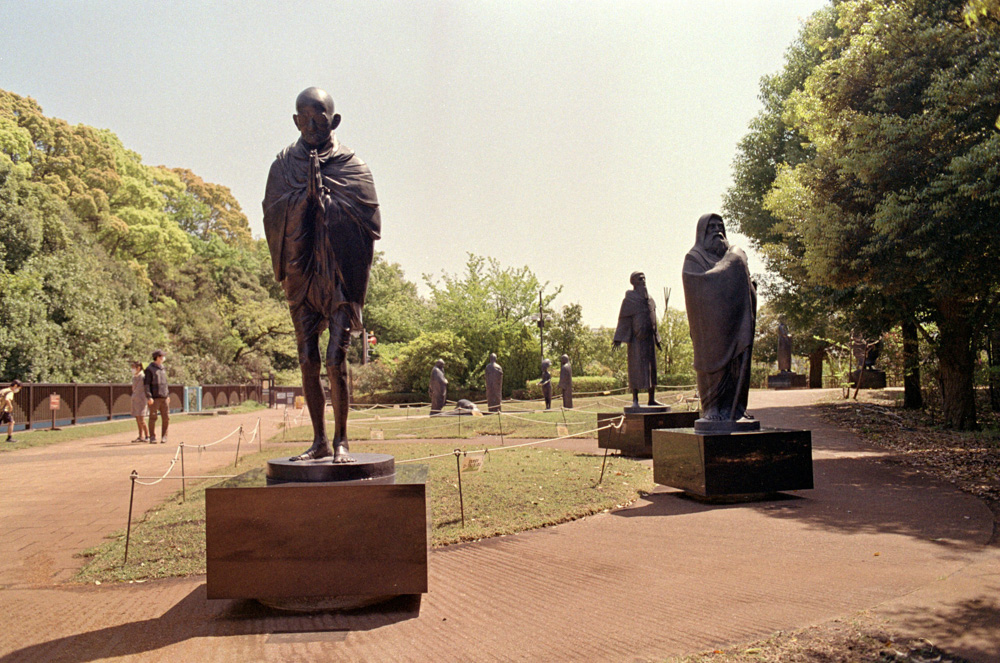
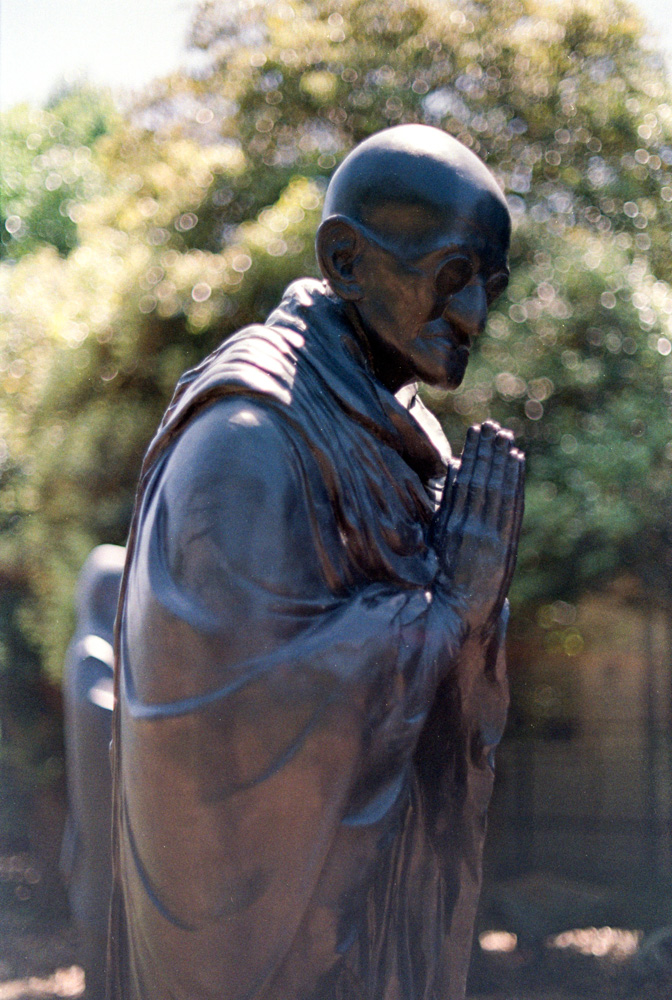
The second ring features people from different cultures who attained stages of spiritual enlightenment and put that knowledge into practice in their respective societies: Gandhi (lawyer, religious figure and father of Indian independence), Bodhidharma (the founder of Zen Buddhism in China), and Saint Francis (the founder of the Franciscan order).
The Third Ring
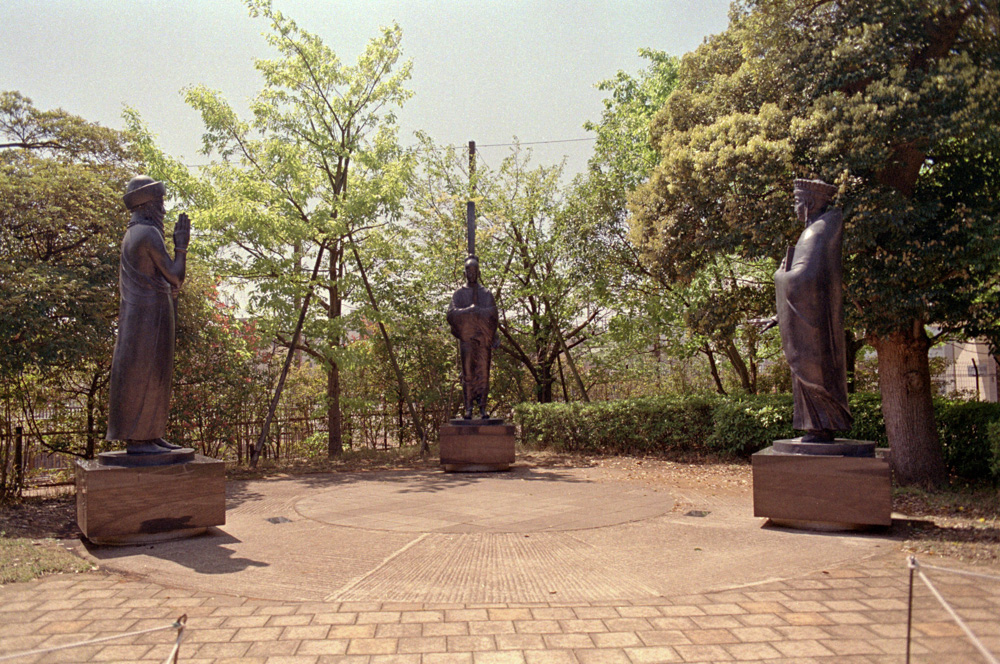
The last ring represents people that created laws in different countries and times which still exist today: Prince Shotoku (renowned for modernizing the government administration and for promoting Buddhism in Japan), Justinian I (compiled a set of laws called the Justinian Code which became the basis of laws for many countries), and Hammurabi (Babylonian king who enacted the Code of Hammurabi, a codification of common law).
With this, we will end today’s tour of the Tetsugakudo Park. It’s a huge, nature-rich park, and the only park in the world with “philosophical cultivation of the mind” as its concept, having many architectural elements, monuments, ponds, slopes and plants related to philosophy on its grounds. It was designated as one of Tokyo’s places of scenic beauty in 2009.
Well done! If you have read this far, you have learned something new. Now it’s time to go back to Netflix and watch a documentary about parks in Japan.
![[Photos] Autumn Colors at Kotokuji Temple](/_next/image?url=https%3A%2F%2Fsgp1.vultrobjects.com%2Fpfj-static%2F2025%2F11%2FIutHLn2g-02.webp&w=3840&q=75)
![[Site Update] Goshuin Collection](/_next/image?url=https%3A%2F%2Fsgp1.vultrobjects.com%2Fpfj-static%2F2025%2F11%2FIMG_3251.webp&w=3840&q=75)
